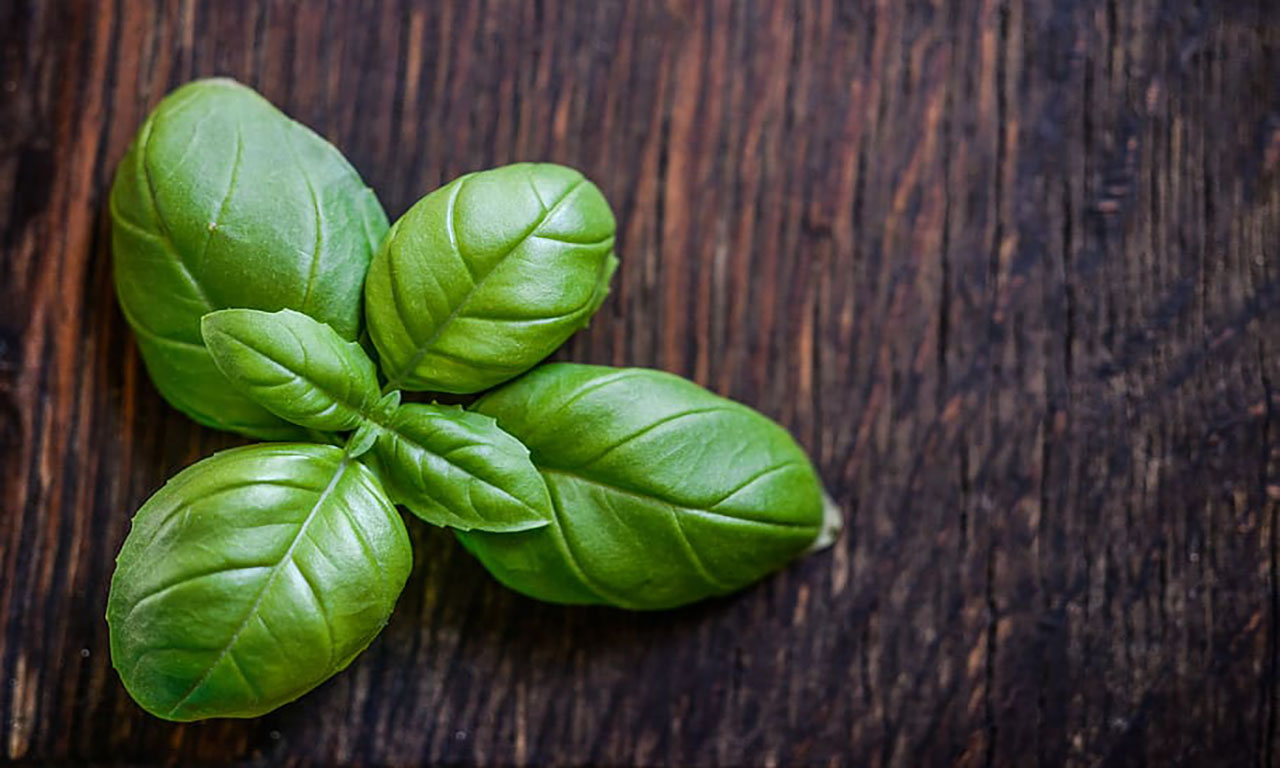SCIENCE OF AYURVEDA
-
Roopashree Sharma
- Posted on
- 0 comments

The eight branches of Ayurveda
Ayurveda as a health science has been around for over 1000 years. It originated in the Vedic period as a part of one of the earliest documented texts – the Atharva Veda. The word Ayurveda is a Sanskrit word that evolves from a combination of two words, “Ayush” meaning life, and “Veda” meaning knowledge.
Ayurveda is one of the oldest systems of health care which deals with both the preventive and curative aspects of life in an all-inclusive way.
Not alternate, but a Holistic system of Medicine
Life in Ayurveda is conceived as the union of body, senses, mind and soul. Any living being is a conglomeration of three humours (Vata, Pitta and Kapha), seven basic tissues namely Rasa (Plasma), Rakta (Blood), Mamsa (Muscle), Meda (Adipose Tissue), Asthi (Bone & Cartilage), Majja (Bone marrow) & Shukra (Reproductive fluids) and the waste products of the body. This is body or constitutional typing called the Prakruti.
Ayurveda is a vast science, covering nutrition, diet, medicine, and surgical procedures. It offers holistic healing that aims to find and cure the root cause of the ailments, restoring the balance of elements in the body. Let us understand these a bit more –
What are the Tri-doshas?
Vata, Pitta, and Kapha are collectively known as the Tridosha (elements, which once imbalanced become a Dosha) are present all over the body, but their presence is dominant in certain parts. If we divide the body into three parts, the top part up to the chest is dominated by Kapha, between the chest and umbilicus is dominated by Pitta, below the umbilicus part is dominated by Vata.
Similarly, in a person’s life, day and night (separately), the first part is dominated by Kapha, the second part is dominated by Pitta, and the third part is dominated by Vata. While eating and during digestion, the first, second, and third parts are dominated by Kapha, Pitta, and Vata respectively.
Vata governs movement functions of respiration, circulation, elimination, locomotion, movement, speech, creativity, enthusiasm, and the entire nervous system.
The Pitta element governs transformation functions such as digestion and metabolism, vision, complexion, body temperature, courage, joyfulness, thought process, and discrimination.
Kapha governs the growth processes such as fluid secretions, binding, potency, patience, heaviness, compassion, and understanding in an organism.
The Sapt Dhatus
Each Tissue is defined in Ayurveda as DHATU
There are seven types of Dhatus (tissues) in our body – known as Sapta Dhatus. They work in coordination with each other for the proper physiological functioning of the human body.
- The Rasa Dhatu is the nutritional component of the body, it is formed from the essence of food (ahara rasa).
- The Rakta Dhatu represents blood and regulates the circulation of blood cells and the provision of blood components to the body.
- The Mamsa Dhatu (Muscle tissue) provides support in the form of skeletal muscles.
- The Meda Dhatu indicates fat in general and adipose tissue in particular.
- The Asthi Dhatu comprises the bones of the body and
- The Majja Dhatu is made up of the bone marrow and fluids required for the operation of the bones and their functioning.
- The Shukra Dhatu is responsible for the functions of the reproductive organs of the body.
What is the importance of Agni – the Biological fire of the body?
As per the principles of Ayurveda, the biological fire of the body for all the metabolic functions is called Agni.
There are thirteen categories of Agni in the human body and the most important is the one responsible for digestive fire, called Jatharagni.
Digestive fire is important in controlling the digestive functions and provision of energy to the entire body. Any disturbances in its balance create discomfort in the gastrointestinal tract and result in pathological complications like ulcers, diarrhea, and constipation. Jatharagni has a close relation with Pitta and ultimately Vatta of the body. If the digestive fire is increased due to acidity, the elevation in Pitta levels and its relative symptoms are observed.
Why is Nadi Prashikshan (Pulse Diagnosis) important?
Ayurvedic pulse reading is an important tool to diagnose dosha imbalances. The doctor reads the signals obtained from three precise locations on the wrist at the radial artery using the index, middle, and ring fingers. These locations correspond to Vata, Pitta, and Kapha element. Any change in the nature of the signal felt is a means of diagnosis of disease.
Always visit a certified practitioner
Owing to the lack of awareness about the science of Ayurveda, people often get speculative about its effectiveness, or fall trap to non-verified practitioners.
Ministry of Ayush has done some great work in generating awareness about this hidden treasure not only in India but across the world. They also provide a list of verified professionals online, for quick reference.
Underlining the importance of wellness in our lives
The works of Ayurveda were brought forth with a view to eradicating diseases that are stumbling blocks in the attainment of duty, acquirement of wealth, the gratification of desires, and emancipation.
Since we cannot comprehend the implications of this vast science, it results in the omission of required instructions, thus bringing an onslaught of diseases.
To help and benefit mankind in their short span of life, sage Agninvesa wrote a treatise on Ayurveda, with special emphasis on Kayachikitsa – internal medicine amongst the eight limbs or branches of this wellness science.





